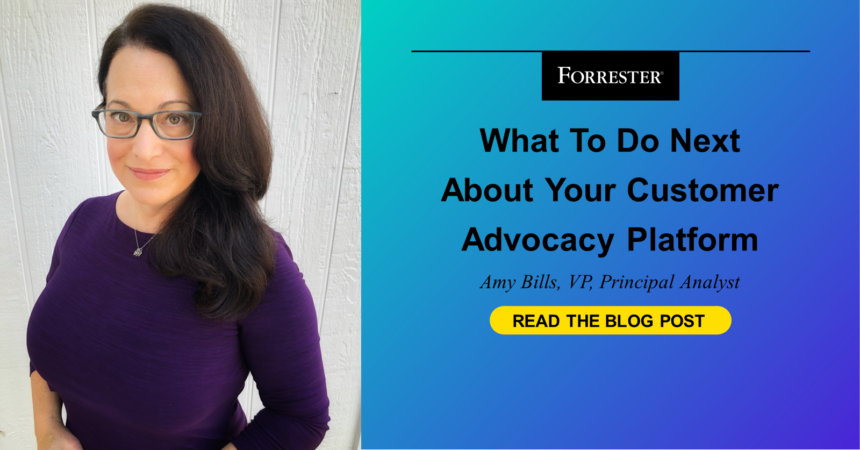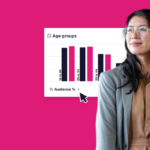The low-key December 21 announcement that Jigsaw, part of the ESW Capital portfolio, acquired customer advocacy and community platform Influitive has fueled post-holiday chatter among customer marketers, vendors, and strategy and services consultants. Fourteen-year-old Influitive played a tremendous role in elevating B2B customer advocacy from “random acts of references” to strategic engagement with advocate storytellers. But the company’s path was uneven. Early emphasis on gamification morphed to a community play with side quests to employee advocacy and content creation.
Enter ESW, a private equity firm known for acquiring software companies and applying a profitability playbook of cost-cutting, offshoring, and reconsidering business models and pricing. Influitive staff layoffs arrived quickly. More details about the offering should follow.
Where does this leave Influitive customers? We recommend a couple of strategies depending on your context.
Watch and wait. Acting rashly is rarely the right answer.
- Listen to what the new owners have to say in the next 60 to 90 days. More important: Watch what they do. Details about Influitive’s customer success structure, support resources, services, incorporation of AI, and migration to the Elevate platform will give you a fuller picture of how changes will affect your program and ease of working with the company.
- Model the impact of potential pricing updates. If pricing changes, can you accommodate a small increase? A substantial one? How will you justify an increased cost? How does it compare to alternatives? Run these numbers soon.
- If your metrices and reporting don’t already demonstrate how advocacy impacts your business, now is a good time for an update. Move from standard activity metrics such as “number of references” to impact metrics such as “reference influence on closed deals” to tie your program more closely to revenue. Forrester clients can use Dashboard Guidelines: Customer Advocacy to get started.
Seize the moment. The disruption will likely cause positive evolution.
- We expect competitors to recalibrate their own offerings and create additional partnerships. That evolution is healthy and could be good for the entire market. If you were waiting for a reason to start a conversation or request a demo, it’s here. If you currently own a complementary solution, you have a built-in starting point.
- Before any decision, capture what matters most to your company. Forrester clients can use the template in the Determining Customer Advocacy Program Scope report for this exercise. This is the equivalent of not going to the grocery store hungry: Decide first on the objective of your program and what your customers most care about. If you have a council of trusted customers, ask them.
- If you’re considering switching to a new vendor, or a new combination of vendors, factor in their approach to security, your confidence in their longevity, your willingness to undergo a new body of work to migrate to a new system(s), and whether change will be beneficial, or at least neutral, for your customers.
- Consider not just the economic and functional value of the offering (it demonstrates an acceptable ROI, it works well, it’s innovative, it helps you meet your goals) but also the experiential and symbolic value of working with the organization (easy to work with, on your side, known as trustworthy and consistent).
If you’re ready to explore, here are the vendors most often on Forrester B2B clients’ lists. Your solution might be one, or a combination, herein:
- Advocacy engagement and activation: SlapFive, Base, Champion, Ambassador, SaaSquatch, Influitive, UserEvidence
- Reference management: Point of Reference, Upland RO Innovation, Deeto
- Community platforms: Khoros, Salesforce, Gainsight, Higher Logic, Verint








